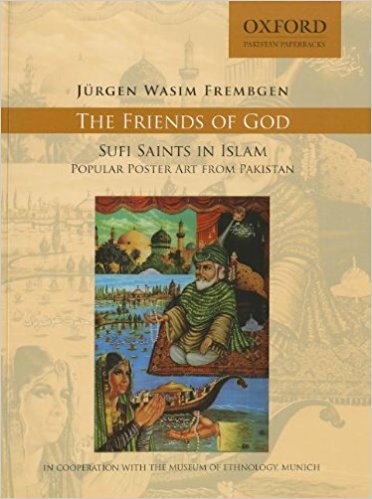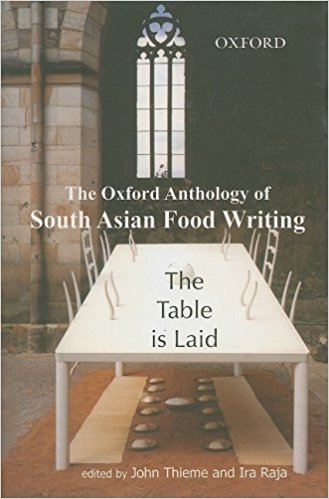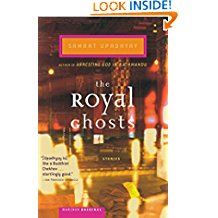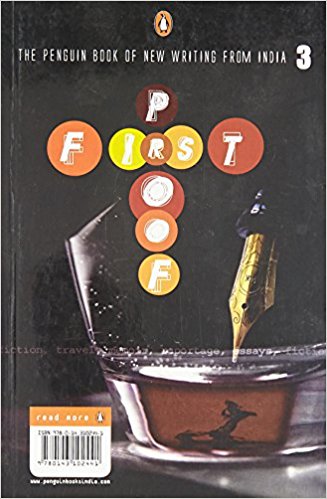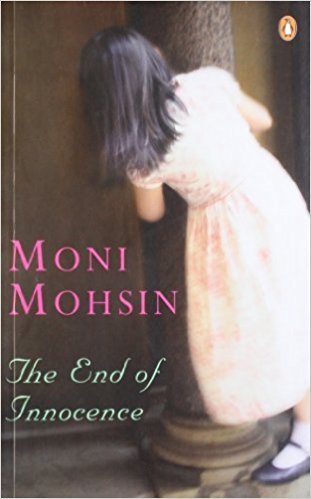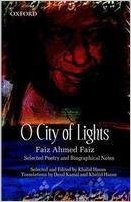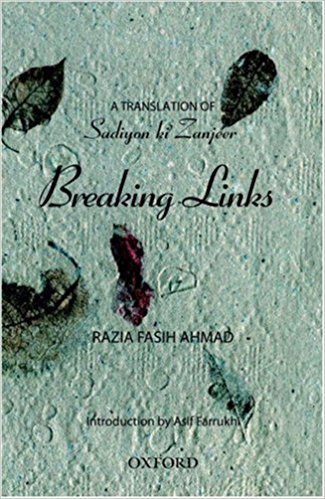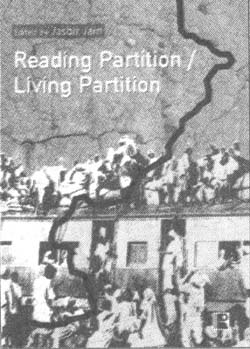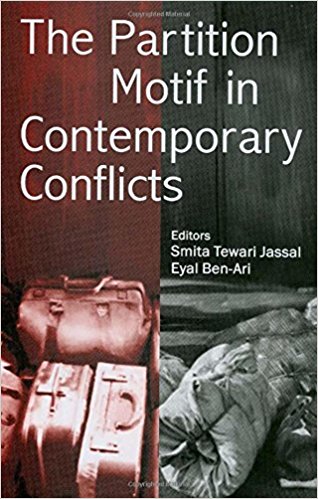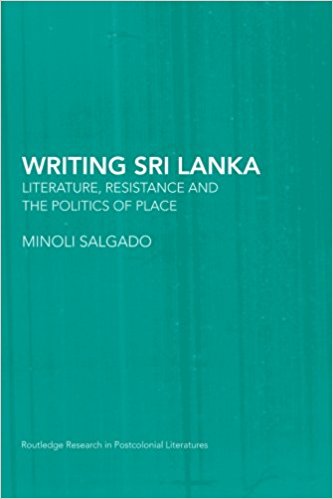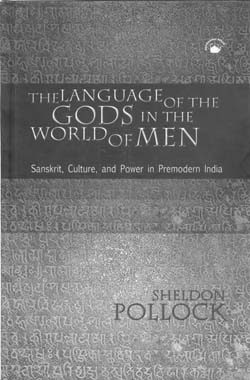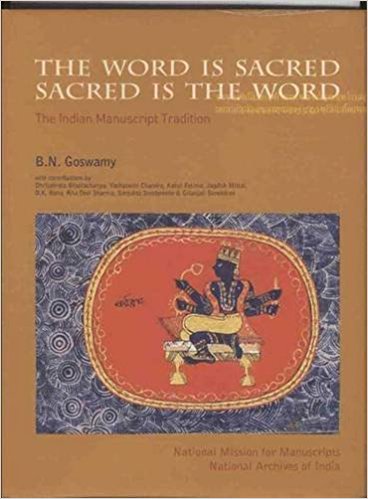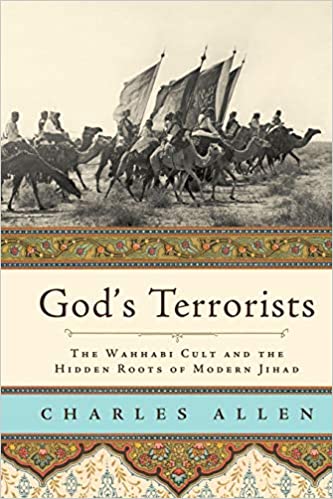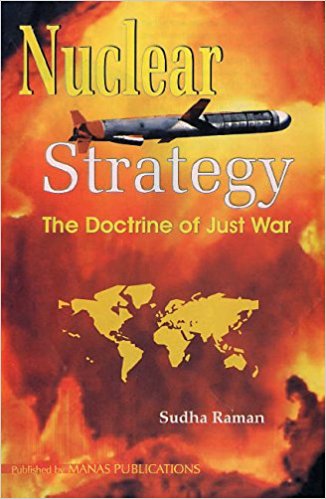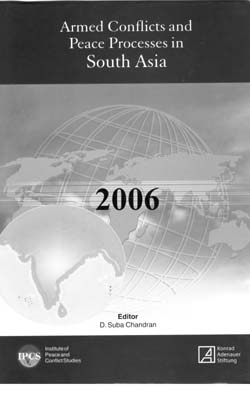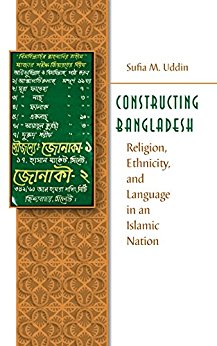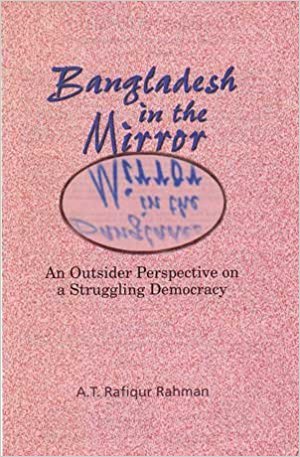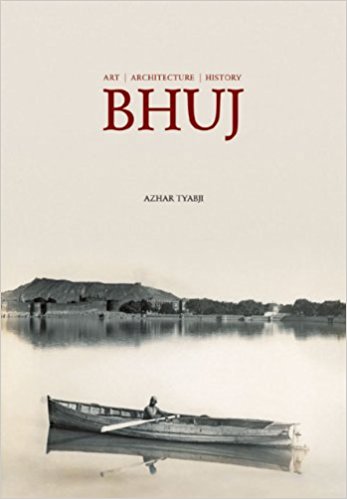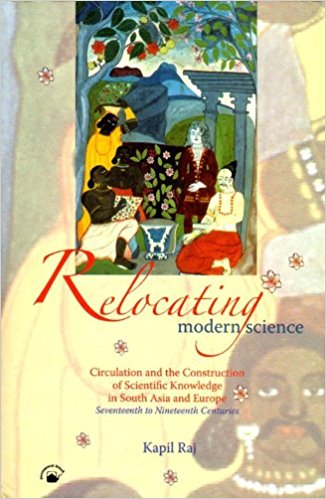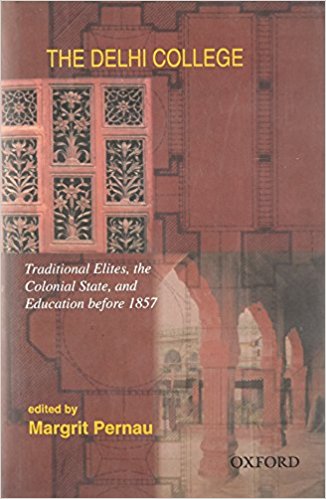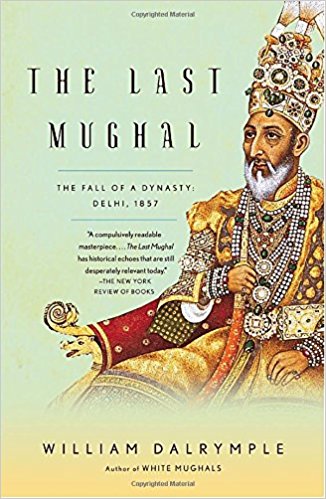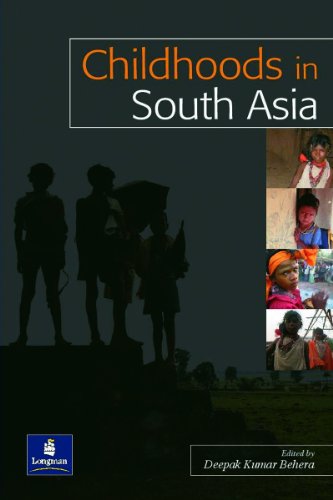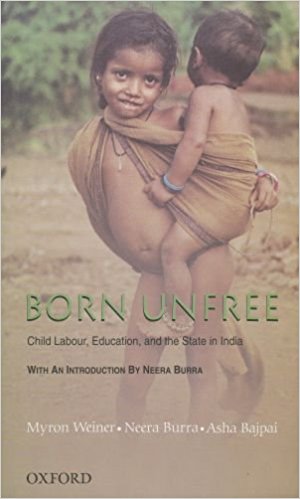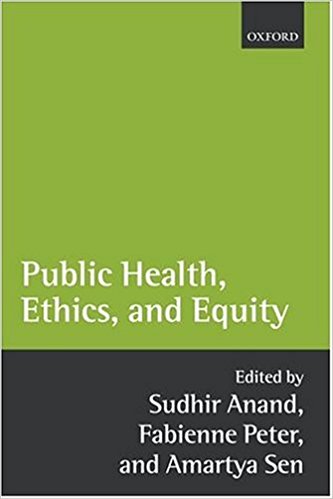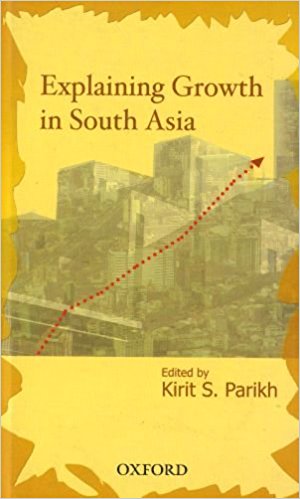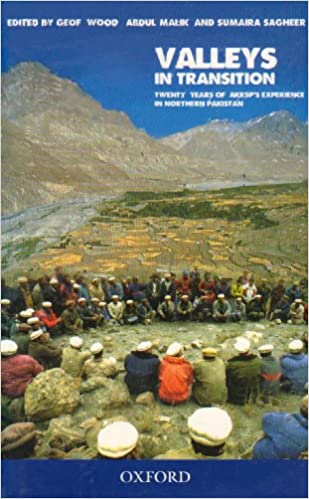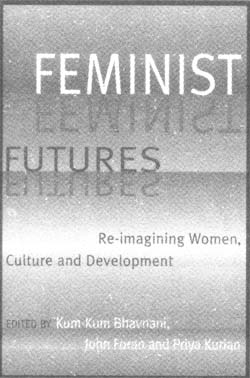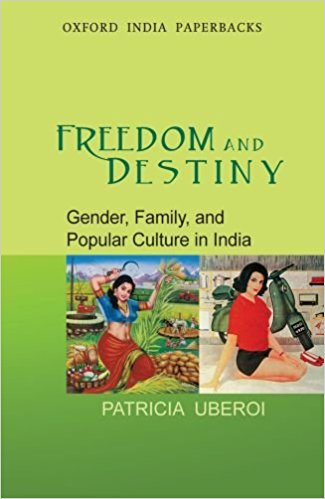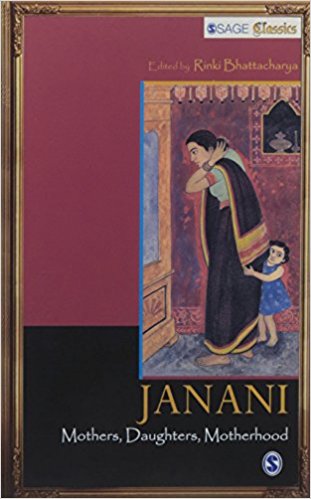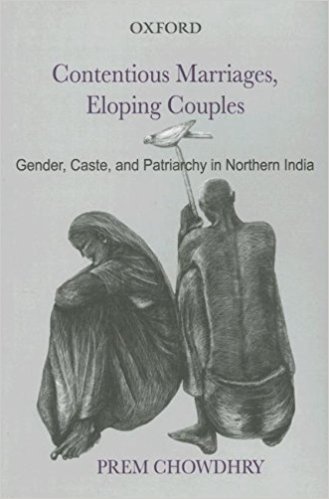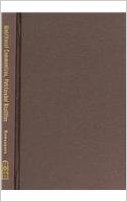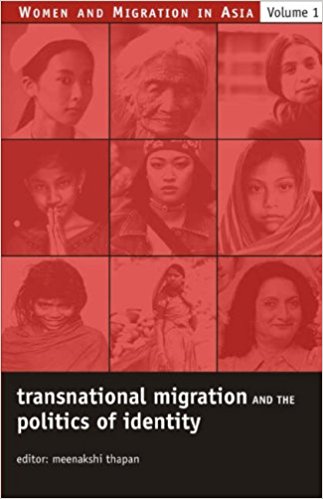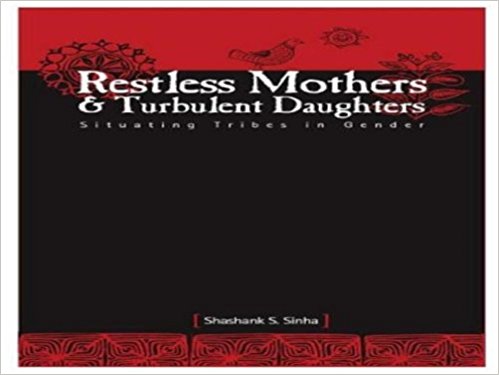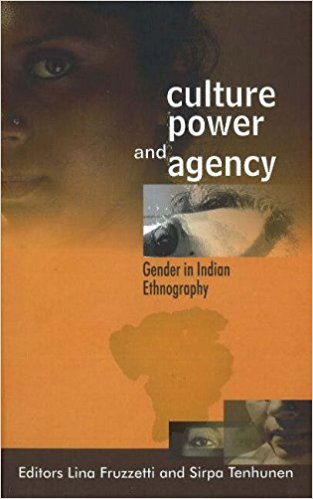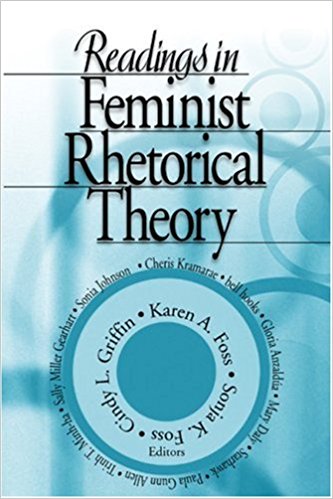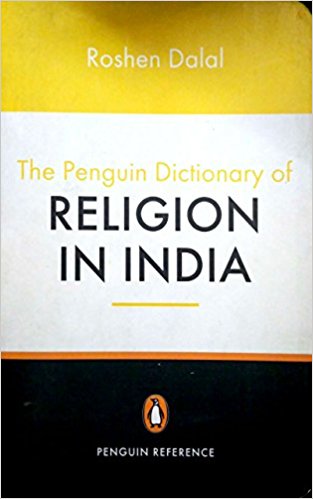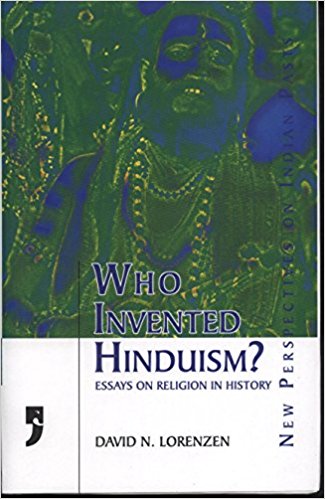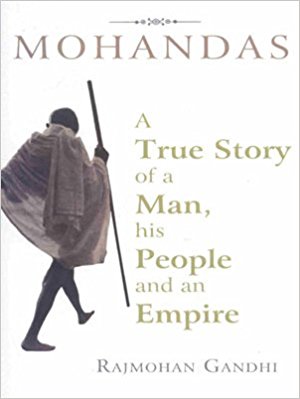The poster, by its very definition, is an ephemeral product, and has only recently acquired the status of popular art. Tracing its history in a long essay entitled ‘Posters: Advertisement, Art, Political Artifact, Commodity’, Susan Sontag differentiates between the political poster
Archives
March 2007 . VOLUME 31, NUMBER 3Inspired by A.K. Ramanujan’s essay ‘Food for thought’, the present anthology of South Asian Food Writing was whipped up to respond in part to fulfil his desire for a more diachronic study of food discourse though not trying to provide ‘the social history’ that he craved for.
2007
Samrat Upadhyay, a Nepali author who went to the US at the age of 21 and who has been living there ever since, first studying and then teaching creative writing at various universities, hit big on the international literary scene with his debut Arresting God in Kathmandu, in 2001.
The second volume of Penguin’s annual anthology of new writing from India which came out in 2006 showcases a range of exciting and original work. It certainly introduces ‘new writing’ although not necessarily new writers—many of the contributors appear to be established writers with several literary awards to their credit.
I read Moni Mohsin’s The End of Innocence at one sitting. This debut novel is a sensitive rendering of a childhood friendship between two young girls in Pakistan, from different social realms.
Of the many voices to come out of the subcontinent in the last century, Faiz Ahmed Faiz’s (1911-1984) is perhaps the strongest. He has been described as many things—the misunderstood Marxist, the compassionate humanist, an irresistible charmer and of course the revolutionary poet.
Curled in the end lies a beginning and in every beginning lies the end of something old. Never is this truer than in the case of countries that are born after prolonged periods of parturition or when they are hived out of old nation states after much blood has been shed.
Pichhwa the wrestler—a character from Intizar Husain’s classic An Unwritten Epic—a larger than life, fearless, action hero who has fended off a Jat attack on his UP village Qadirpur, receives the news of Pakistan’s formation with an ‘immense chill’.
The anthology edited by Smita Tewari Jassal and Eyal Ben-Ari brings together essays from varied disciplines including memory studies, social anthropology, sociology and literary criticism that come to terms with the partition motif in contemporary conflicts.
This is a welcome addition to the critical apparatus available on sub- continental English writers. South Asian writing is as usual an in- vention of the western academy, a convenient label that sub-continental critics can use to talk about issues that concern the nations of the region. However,
When the (resident) Sri Lankan writer Nihal De Silva passed away, it was sad that few in India had heard of him let alone read the Gratiaen award winning book The Road from Elephant Pass. The few copies that did make their way outside the island nation were eagerly consumed, as supply was meagre.
The foundation of empire is art and science. Remove them or degrade them, and the empire is no more. Empire follows art and not vice versa… (William Blake) In the great books of India, an empire spoke to us… (Emerson)
The Word is Sacred is a catalogue for an exhibition on Indian manuscripts that was part of the Frankfurt Book Fair last year, where India was the guest of honour. The exhibition itself was organized through collaboration amongst a number of institutions and individuals, under the aegis of the National Mission for Manuscripts. Professor B.N. Goswamy,
Charles Allen is not a stranger to India. His ancestors have been associated with India for generations. Charles came into prominence as the author of The Plain Tales of the Raj and he followed it up with several very readable accounts of little-known events in British Indian history
The concept of nuclear deterrence has proved to be a baffling enigma. Very often perceived in many different ways and despite all theoretical challenges and analytical condemnation—it survives. As the reverie of a nuclear weapons-free world
Despite manifest changes in the living standards of a vast number of people in virtually all the South Asian states, the subcontinent is still mired in a multitude of crises of both conventional and non-conventional kinds.
Pakistan has often been referred to as a paradox and one of its more perceptive commentators, Shafqat Ali Shah, a former Federal Minister observed that ‘Pakistan and Pakistanis generally defy logic’. This abiding characteristic can be interpreted in many ways but it does come to mind when reflecting over Abdul Sattar’s recall of Pakistan’s foreign policy.
South Asia’s interaction with the rest of the world has varied over time, depending on the global agenda of the major powers, policy choices and internal politico-economic dynamics of each state of South Asia.
Paul Brass had already published fifteen books before he came out with this relatively slim volume late last year, most of them on ethnic politics and violence in South Asia, an area of research to which he had devoted almost his entire academic career of well over four decades.
The language question in Pakistan has remained a politically contested one since the creation of Pakistani state in 1947. In a multilingual society like Pakistan, language becomes an important marker of identity of various communities and groups of people.
Sufia M. Uddin makes an engaging and persuasive argument on a current topic of global concern, which is critical to the future of Bangladesh—the make-up of a modern Islamic identity. Inspired by the work of Talal Asad, her book maps a distinctive South Asian passage of Islam from pre-modern times to the recent past, presenting Bangladesh as an Islamic nation on its own terms.
Bangladesh has just gone through one of the most traumatic phases of its history. For most of 2006 and the first ten days of 2007, normal life in the country was completely disrupted as the ruling coalition, consisting of the Bangladesh Nationalist Party (BNP) and the Jamaat-i-Islam, was confronted
2007
There are currently two parallel discourses on ancient India, one based on texts, the other on archaeology. Historians tend to use archaeological data selectively and sporadically, usually in order to support their text-based hypotheses.
2007
The elegant photograph on the cover of this book shows Bhujiyo Hill, as distinctive a signature of Bhuj as Mont Sainte-Victoire is of Aix- en-Provence, reflected in the waters of the Hamirsar, with a solitary boat rowing towards the city.
In recent years, the emergent discipline of science and technology studies has witnessed a growing interest in questions of location and mapping. The concern has been so pressing that it would not be an exaggeration to believe that the postcolonial moment has vitally entered this field, reminiscent of a similar ingress upon literary studies in the recent past.
Margrit Pernau in her Preface hints that The Delhi College is a dedication volume for Dr. Yunus Jaffery, his vast knowledge, humility and hospitality, and I, would not hesitate to agree with her even for a moment.
In the 150th anniversary year of the great revolt of 1857, William Dalrymple has stolen a march over professional historians (that is, historians who also happen to be academics, for, Dalrymple is in his own way a professional historian having been engaged for long in researching and writing on historical themes), by producing a major new study of the event.
Every once in a while human life expresses itself in ways that funda-mentally transforms prevalent images of what it means to be human in any given society. The vulnerability to and dependence of young children on adults often leaves them incapable of avoiding or resisting exploitation, abuse and even death.
This omnibus edition brought out by Oxford University Press is a timely compilation of important landmarks in the child labour and education debate in India.
The world has never before been as rich as it is today. Yet substantial populations of the world are bereft of resources to ensure a modicum of health. Nearly 1.3 billion people, overwhelmingly in the formerly colonized countries of the South,
What are the factors that make some countries grow faster than others? Economists have forever been perplexed by this question and have sought answers by looking for empirical regularities in cross-country growth experiences.
Northern Pakistan, comprising its Northern Areas and Chitral (NAC) is one of the most rugged and mountainous regions of Central Asia. This region is located among four of the highest mountain ranges in the world, including the Himalayas, Karakorum, Pamir and Hidukush ranges.
The title captures the scope of the book. Placed in the context of claims and counter-claims about the ability of new information and communication technologies (ICTs) to reconfigure gendering relations in favour of women, the book brings in empirical and theoretical material to this debate.
Debates resonating in the last century on the dire impact of maldevelopment on the poor and on women in the Third World have spilled over into this century with consequences that cannot be measured by the word tragic.
Reading a collection of essays written as discrete pieces over a long period of time is a curious exercise in freedom. I’d imagine it would enable the author to break free of ‘writing time’—from the chronology of her own labour process- and engage with her own work as a dialogue of ideas that may not have surfaced all at once.
Selvy Thriuchandran’s book is essentially a description and analysis of two types of verses from the oral tradition that used to be commonly sung by women in Sri Lankan Tamil society over time even though the popularity of these have diminished in more recent times. The types of verses Thiruchandran has focused on are tallattu and oppari, which are described by her as lullabies and lament songs respectively.
One of the many treats of this book, an anthology of nineteen autobiographical essays on motherhood, is a marvellous evocation of food by some of the contributors. C.S. Lakshmi heads the list, with sections such as ‘Songs on the Terrace and Cakes with Green and Pink Icing’ and ‘Food as Communication, Food as Adventure’.
This is an important book that captures in detail and great finesse through a study of ‘contentious marriages’ the ongoing processes of social change in northern Indian society. By focusing on the central institution of marriage it weaves together the inter-relationship between caste, class and gender and its impact on women in Haryanvi society.
The author begins the text by attempting to dispel a few myths. Matrilineal Communities, Patriarchal Realities deals with the past, the present and concludes with suggestions for a better future.
According to The World Migration Report almost 50% of all migrants are women. This process termed as ‘the feminisation of migration’ has been rightly become the focus of many researches.
The writing of ‘women’s history’ has been closely related to the women’s movement and feminist practice. Since the 1960s, feminist scholars have challenged the methodology of conventional historiography and have altered its contours and research tools, perhaps with greater success than in the case of any other discipline.
The collection of essays entitled Culture Power and Agency, Gender in Indian Ethnography with an incisive introduction by the editors will be an asset to any library or personal collection. The authors contributing to the volume have carefully presented sound theories that are supported by their elaborate fieldwork.
Readings in Feminist Rhetorical Theory—this straightforward title holds out the promise of an anthology that brings together the work of various feminist rhetoricians within its covers. However, the circle of nine names that follows this title on the cover page belies this promise.
Roshen Dalal’s Dictionary is an affordable, well-produced and handy reference-work that is bound to go down well with scholars and general readers alike though judging by the author’s prefatory remarks, it primarily seeks to address the latter.
Carlo Ginzburg, the Italian historian, notes sarcastically in his fasci nating book The Judge and the Historian: ‘For many historians, the notion of proof is out of fashion: like that of truth, to which it is bound with a very solid historical (and therefore unnecessary) link.
Recently, I was told of the experience of the Managing Trustee of Navjivan Prakashan which holds the copyright to the Collected Works of Mahatma Gandhi. In connection with a copyright case, the trustee had to present himself at the Tamil Nadu High Court along with the originals of some correspondence that Gandhi had with one of his associates in South Africa.

